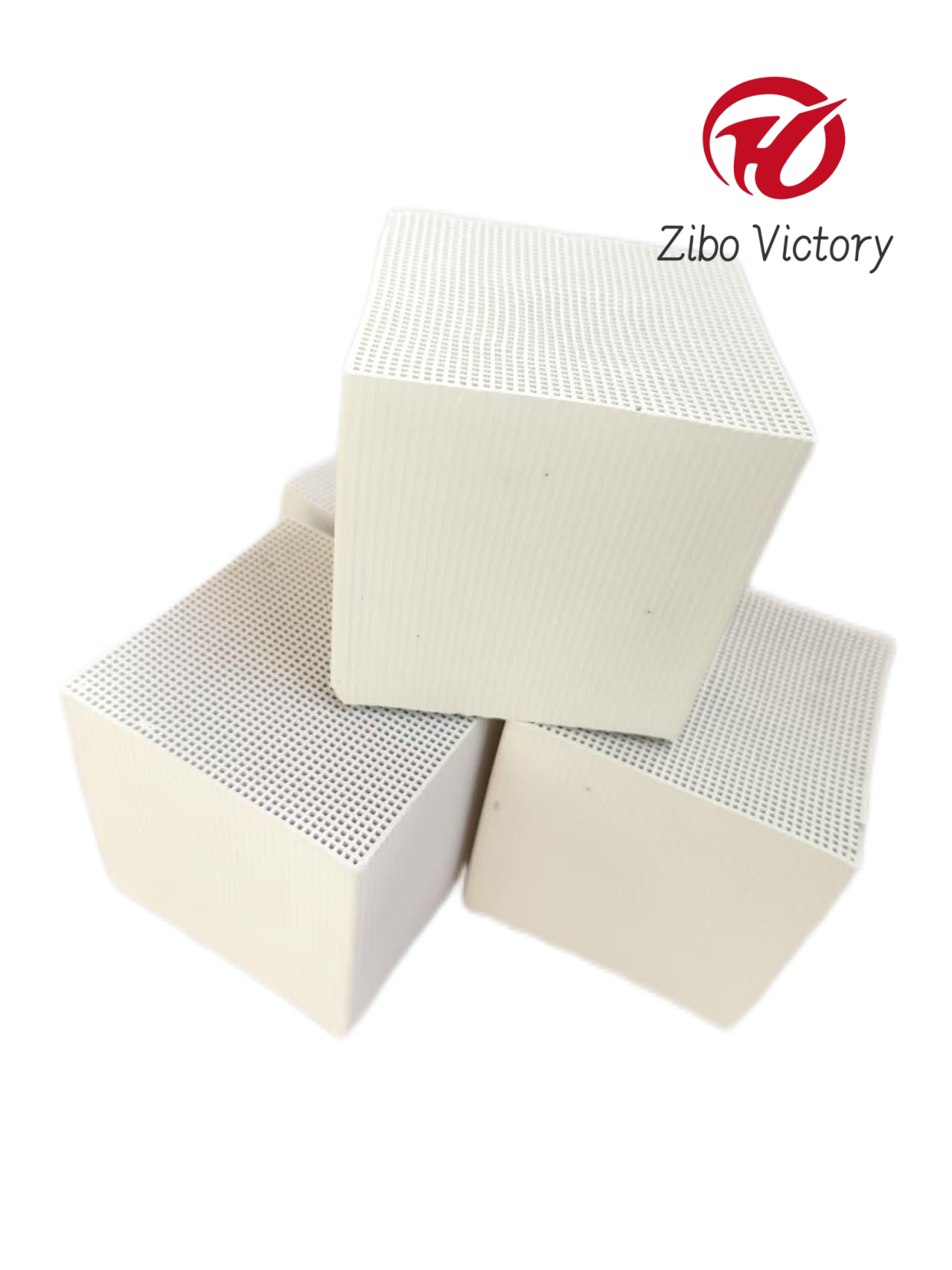Honeycomb zeolite molecular sieve adsorption effect is higher than activated carbon?

http://zibovictroy.com/product-2.html
The statement that the honeycomb zeolite molecular sieve has a higher adsorption effect than activated carbon is not entirely absolute, as it depends on multiple factors and the specific context of application:
1. Adsorption Mechanisms
Honeycomb zeolite molecular sieve
Zeolites are crystalline aluminosilicates with a highly ordered porous structure. Their adsorption is based on a combination of physical adsorption and, in some cases, selective adsorption due to the precise size and shape of their pores. The pores in honeycomb zeolite molecular sieves are uniform in size, typically in the range of micropores (less than 2 nm). This allows them to selectively adsorb molecules that are small enough to fit into their pores while excluding larger ones. For example, in separating mixtures of different hydrocarbons, the specific pore size of the zeolite can trap certain molecules based on their molecular dimensions.
Activated carbon
Activated carbon has a highly porous structure with a wide range of pore sizes, including micropores, mesopores (2 - 50 nm), and macropores (greater than 50 nm). Its adsorption mechanism is mainly physical adsorption, relying on van der Waals forces. The large surface area of activated carbon provides numerous sites for adsorbing various substances. The presence of different pore sizes enables it to adsorb a broad spectrum of molecules, from small gas molecules to larger organic compounds.
2. Adsorption Efficiency for Different Substances
For small, specific molecules
Honeycomb zeolite molecular sieves often show high adsorption efficiency. For instance, in the removal of water vapor from a gas stream, the uniform microporous structure of the zeolite can strongly adsorb water molecules through hydrogen - bonding interactions. In the petrochemical industry, they are effective in separating isomers of hydrocarbons with similar chemical properties but different molecular sizes.
Activated carbon can also adsorb small molecules, but its adsorption may be less selective. For example, when removing trace amounts of a specific small - molecule pollutant from a complex gas mixture, the honeycomb zeolite molecular sieve may be more effective in specifically targeting and adsorbing that particular molecule due to its size - exclusion and selective adsorption properties.
For larger molecules and complex mixtures
Activated carbon may have an advantage. Its mesopores and macropores can accommodate larger organic molecules or aggregates. In wastewater treatment, activated carbon can adsorb a wide variety of organic pollutants, including dyes, pharmaceuticals, and natural organic matter. The diverse pore structure allows it to interact with different types of molecules simultaneously. In contrast, the relatively uniform and small pore size of honeycomb zeolite molecular sieves may limit their ability to adsorb larger molecules effectively.
3. Application - specific Considerations
In gas purification systems with specific target pollutants
If the goal is to remove a particular small - molecule gas, such as ammonia or formaldehyde from indoor air, honeycomb zeolite molecular sieves can be highly effective. Their selective adsorption properties can efficiently capture these target pollutants.
However, in a more complex industrial gas stream containing a mixture of different - sized pollutants and particulate matter, activated carbon may be a better choice as it can provide a more general - purpose adsorption solution, removing a wide range of contaminants.
In water treatment applications
Honeycomb zeolite molecular sieves may be used for specific ion - exchange or selective removal of certain small - sized contaminants. For example, in some cases, they can be used to remove specific metal ions like cesium or strontium from water.
Activated carbon is widely used in water treatment for removing organic matter, color, and taste - and - odor - causing compounds. It can also adsorb some heavy metals and a variety of organic pollutants, making it a more versatile option for general water purification



 Send Email
Send Email +8613325203316
+8613325203316